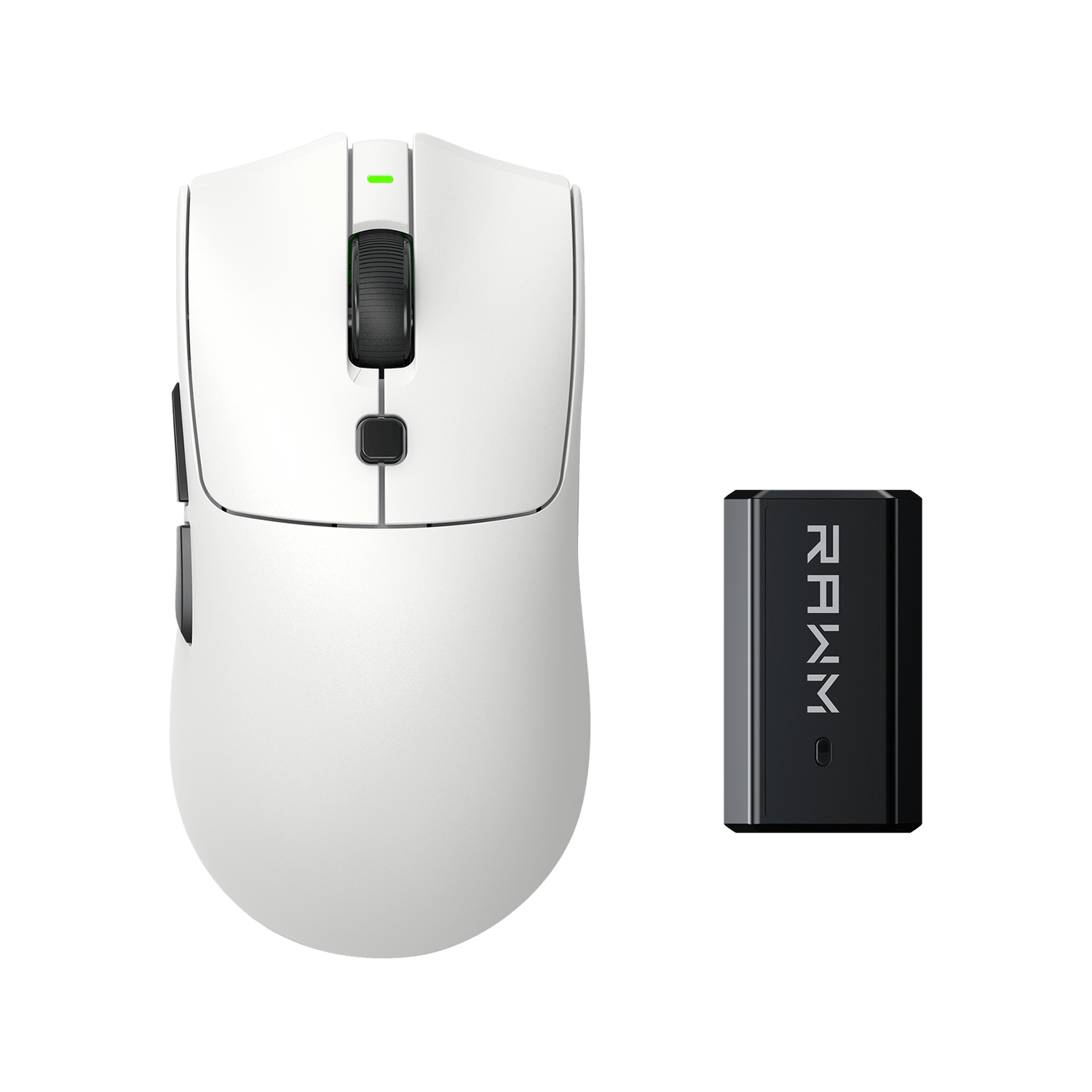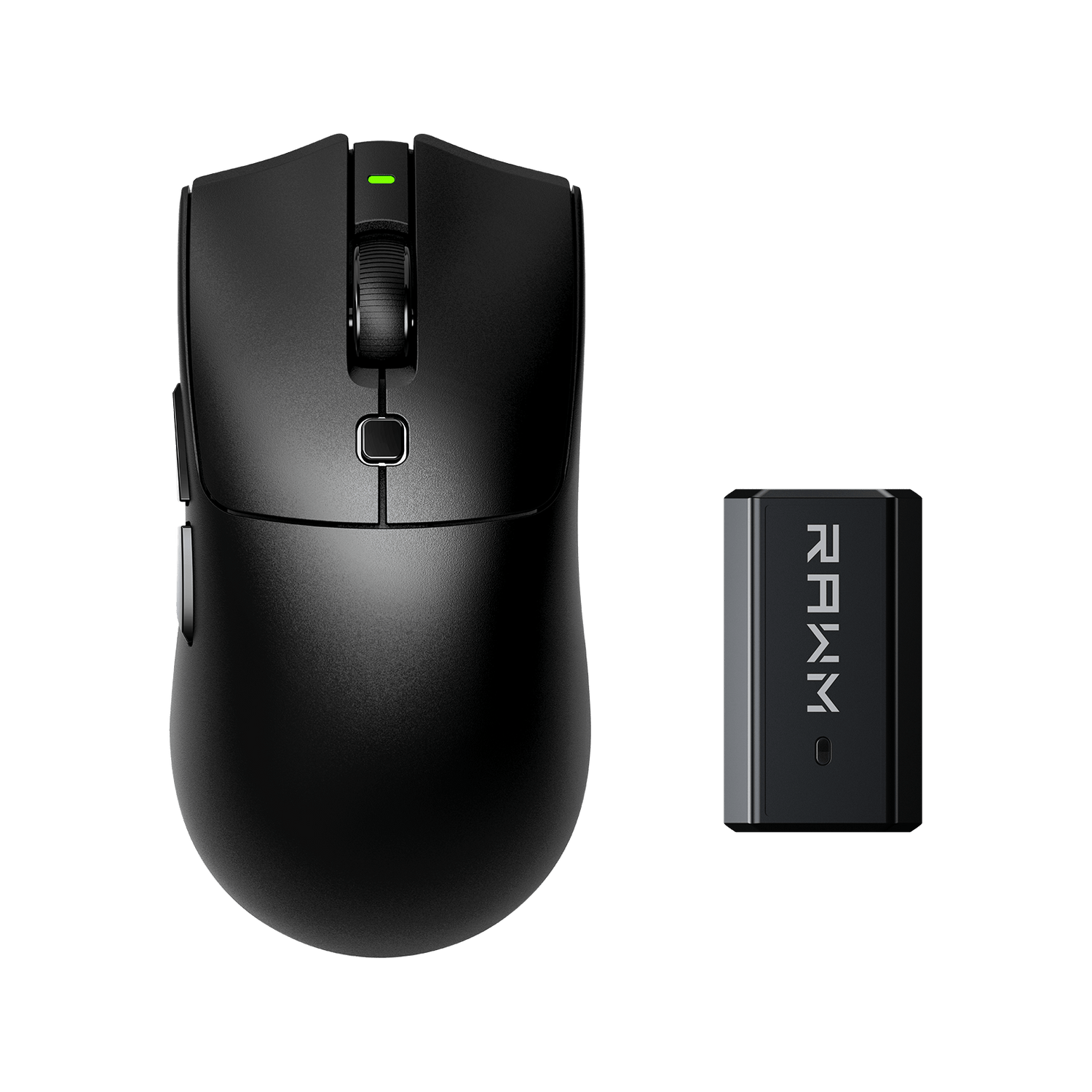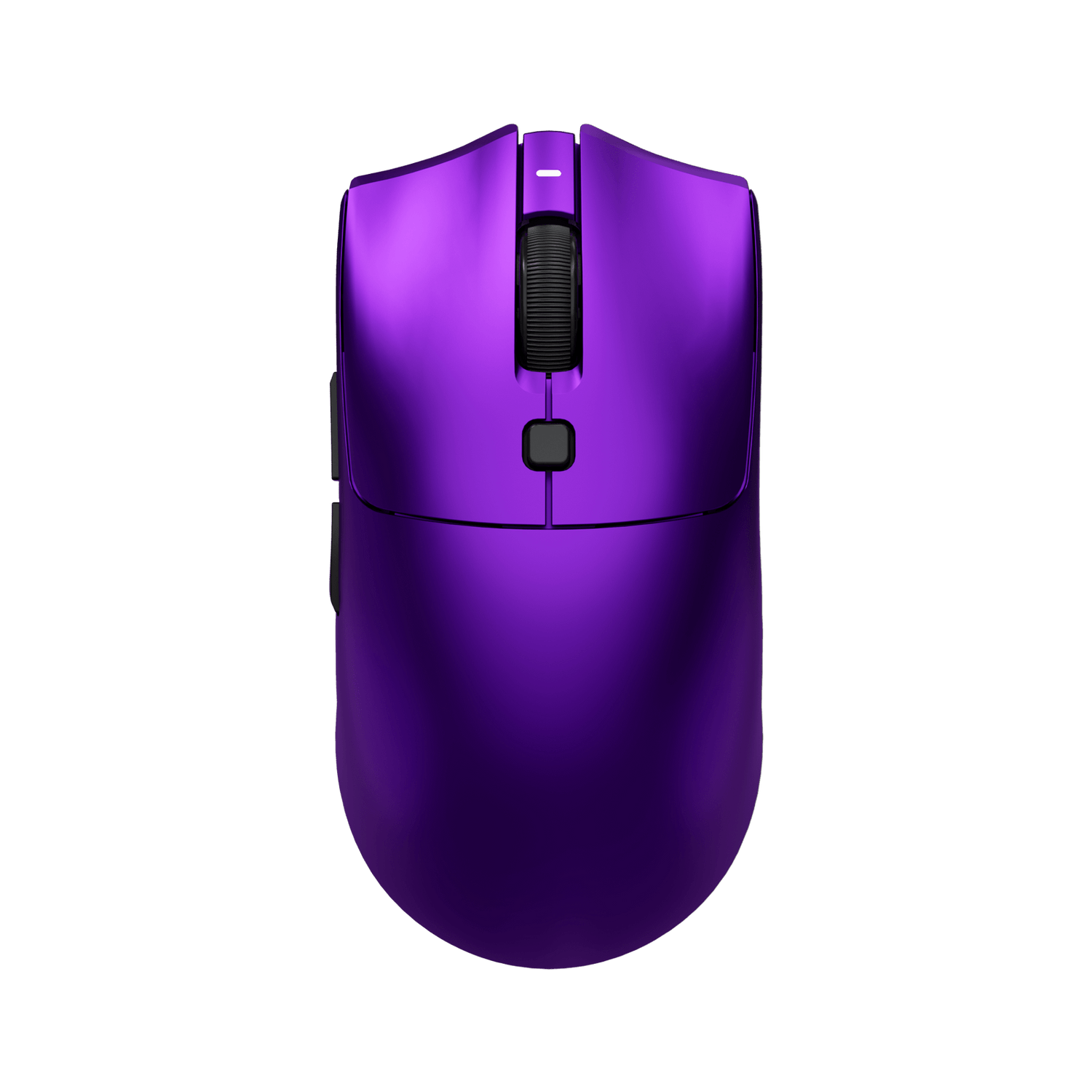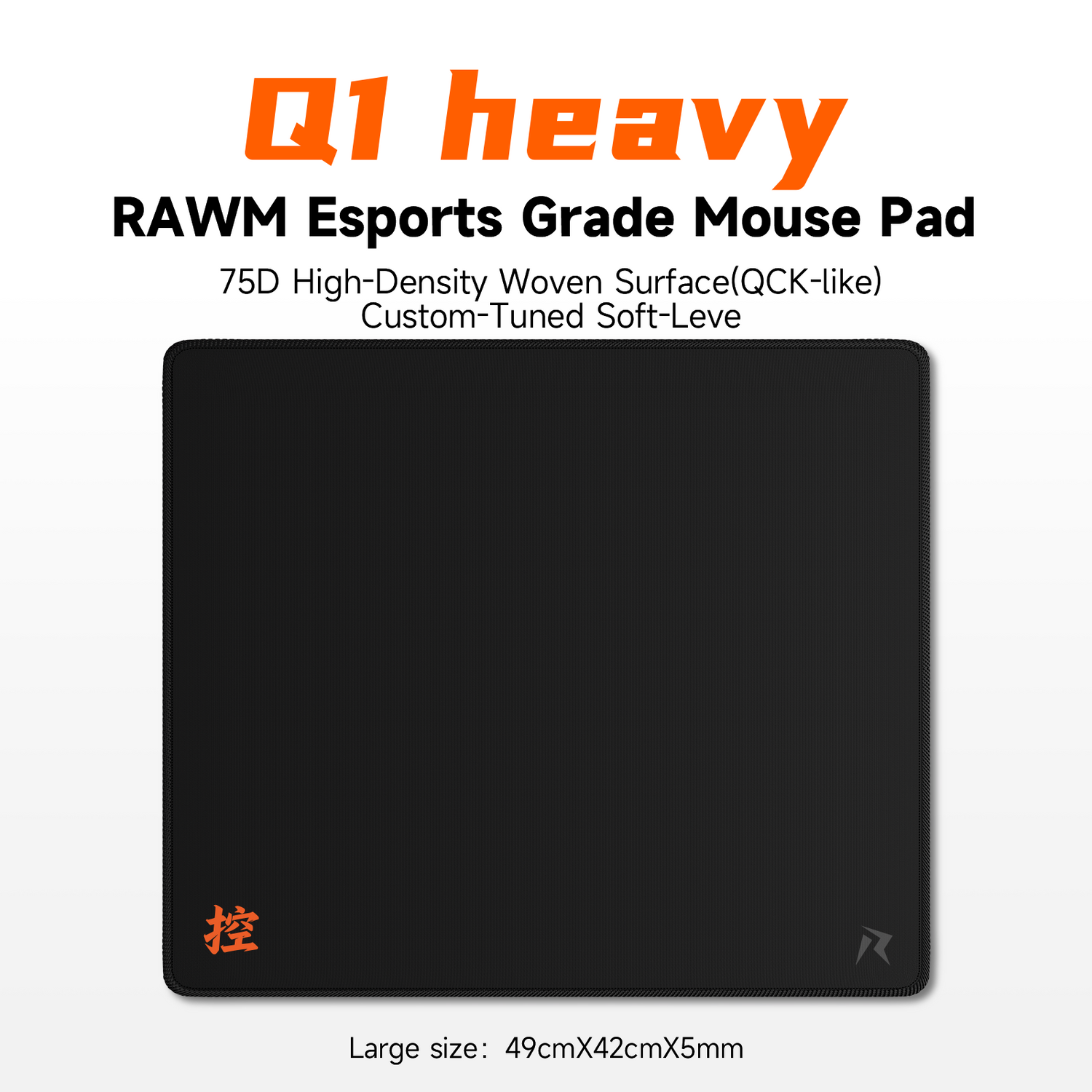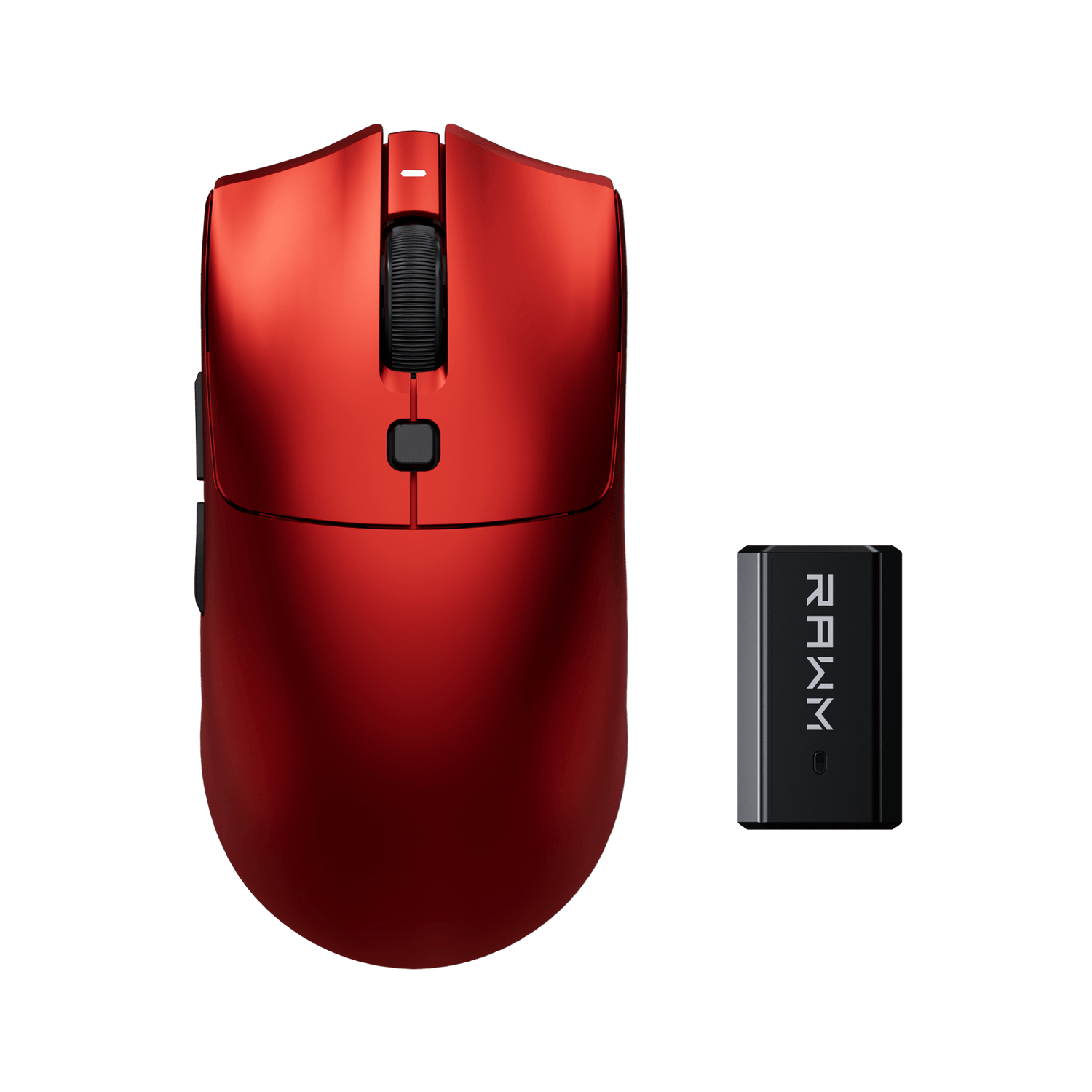
Comprendre le fonctionnement des mécanismes de commutation des souris dans les équipements de jeu
- 01 Introduction au fonctionnement des mécanismes de commutation de la souris
- 02 Principaux composants illustrant le fonctionnement des mécanismes de commutation de la souris
- 3 types de commutateurs de souris qui influencent le fonctionnement des mécanismes
- 04 Comment fonctionnent les mécanismes de commutation de souris dans les conceptions mécaniques
- 05 Fonctionnement des mécanismes de commutation des souris optiques
- 06 Comment la durabilité affecte le fonctionnement du mécanisme de commutation de la souris
- 07 Comment la tactilité et l'actionnement affectent la fonctionnalité
- 08 Comment le fonctionnement des mécanismes de la souris influence les performances de jeu
- 09 Test et dépannage des mécanismes de commutation de la souris
- 10 Pourquoi il est important de comprendre les mécanismes des interrupteurs de souris
En matière de matériel de jeu, chaque détail compte, y compris le fonctionnement interne de votre souris. Parmi les composants les plus importants figurent les interrupteurs. Pourtant, le fonctionnement de ces mécanismes est souvent négligé. Que vous soyez un joueur occasionnel ou un professionnel aguerri, comprendre ce composant vous permettra de faire des choix plus judicieux et même de prolonger la durée de vie de votre équipement.
Explorons ensemble tout ce que vous devez savoir sur le fonctionnement des mécanismes de commutation de souris , en abordant les types, les composants, l'actionnement, la durabilité et les facteurs de performance.
01 Introduction au fonctionnement des mécanismes de commutation de la souris
Avant d'entrer dans le détail des aspects techniques, définissons ce que l'on entend par « mécanismes de commutation de souris ». Il s'agit des composants physiques à l'intérieur d'une souris qui enregistrent vos clics. Comprendre le fonctionnement de ces mécanismes vous permettra de mieux appréhender les différences de réactivité, de bruit, de durabilité et de sensation tactile.
Que vous achetiez une nouvelle souris ou que vous dépanniez une ancienne, connaître les commutateurs de souris vous permet de mieux comprendre ses performances et sa durée de vie.
02 Principaux composants illustrant le fonctionnement des mécanismes de commutation de la souris
Pour comprendre le fonctionnement des mécanismes de commutation de la souris , il faut connaître leurs composants de base :
| Composant | Description |
|---|---|
| Actionneur | Le bouton en plastique que vous appuyez |
| mécanisme à ressort | Réinitialise le bouton après avoir cliqué dessus. |
| feuille de contact métallique | Génère un signal électrique lorsqu'on appuie dessus. |
| Logement | Enveloppe et aligne tous les composants |
Ces composants fonctionnent de concert pour assurer une bonne précision de retour d'information et d'entrée. Les commutateurs haut de gamme présentent généralement des tolérances plus serrées, ce qui se traduit par des clics plus nets.
3 types de commutateurs de souris qui influencent le fonctionnement des mécanismes
Il existe plusieurs types de commutateurs utilisés dans les souris de jeu, chacun ayant un comportement unique. Comprendre ces commutateurs permet de comprendre comment fonctionnent les mécanismes de commutation des souris sur différents appareils.
| Type de commutateur | Caractéristiques | Durée de vie |
|---|---|---|
| Mécanique | Design traditionnel en feuille de métal, toucher agréable | 20 à 100 millions de clics |
| Optique | Utilise la lumière infrarouge, activation plus rapide | 50 à 100 millions de clics |
| Magnétique (Hall) | Utilise un champ magnétique, fonctionnement fluide et silencieux | Plus de 80 millions de clics |
Les commutateurs optiques n'ont pas de délai d'anti-rebond, ce qui en fait un choix privilégié dans l'e-sport pour leur réactivité.
04 Comment fonctionnent les mécanismes de commutation de souris dans les conceptions mécaniques
La plupart des interrupteurs mécaniques de souris utilisent un ressort à lame métallique qui se déforme lorsqu'on clique. Voici comment fonctionnent les mécanismes d'interrupteurs de souris dans ce cas :
-
Vous appuyez sur le bouton.
-
L'actionneur appuie sur le ressort.
-
Le ressort entre en contact avec une plaque métallique.
-
Un signal électrique est envoyé au PC.
-
Le ressort reprend sa forme initiale.
Cela produit le « clic » familier et la sensation tactile que les joueurs adorent.
05 Fonctionnement des mécanismes de commutation des souris optiques
Les commutateurs optiques fonctionnent différemment, ce qui influe sur leur durabilité et leur latence. Voici comment :
-
Appuyer sur le bouton bloque un faisceau de lumière infrarouge.
-
Le capteur détecte l'interruption et envoie le signal.
-
Il n'y a aucun contact physique — pas de rebond, pas d'usure.
Cette conception élimine le délai d'anti-rebond, ce qui rend le fonctionnement des mécanismes de commutation de la souris dans les modèles optiques plus rapide et plus durable.
06 Comment la durabilité affecte le fonctionnement du mécanisme de commutation de la souris
La durée de vie d'un interrupteur dépend du nombre de clics qu'il peut supporter. Ce facteur influe considérablement sur le fonctionnement des mécanismes d'interrupteurs de souris au fil du temps.
| Marque Switch | Durée de vie estimée | Usage courant |
|---|---|---|
| Omron | 20 à 50 millions de clics | Usage général/jeux |
| Kailh | 50 à 80 millions de clics | souris de jeu mécaniques |
| Razer Optical | 70 à 100 millions de clics | Jeux haute performance |
Des commutateurs durables garantissent des performances constantes dans des environnements compétitifs.
07 Comment la tactilité et l'actionnement affectent la fonctionnalité
La sensation tactile et la force d'activation influencent l'expérience utilisateur. Voici leur lien avec le fonctionnement des mécanismes de commutation de la souris :
-
Tactilité : La quantité de retour tactile ressentie lors d'un clic.
-
Force d'actionnement : Pression nécessaire pour enregistrer un clic.
Une activation plus légère (40-50 g) donne une impression de rapidité mais peut entraîner des clics accidentels, tandis qu'une activation plus lourde (60-70 g) offre un meilleur contrôle.
08 Comment le fonctionnement des mécanismes de la souris influence les performances de jeu
Votre expérience de jeu peut être considérablement influencée par les commutateurs de votre souris. Voici comment :
-
Temps de réaction plus rapides grâce aux commutateurs optiques.
-
Des retours d'information plus cohérents grâce aux conceptions mécaniques.
-
Des sessions de jeu plus longues grâce à l'emplacement ergonomique des commutateurs.
Comprendre le fonctionnement des mécanismes de commutation de la souris vous aide à adapter vos performances à votre style de jeu, qu'il s'agisse de FPS, de MOBA ou de RTS.
09 Test et dépannage des mécanismes de commutation de la souris
Si votre souris se met à faire des doubles clics ou à manquer des entrées, le problème vient probablement des interrupteurs. Voici comment tester :
-
Utilisez des testeurs de clics en ligne.
-
Comparer la réactivité des boutons gauche et droit.
-
Démonter (si la garantie est expirée) pour nettoyer la poussière ou inspecter le ressort à lames.
Parfois, la connaissance du fonctionnement des mécanismes de commutation d'une souris permet d'effectuer soi-même des réparations ou des améliorations.
10 Pourquoi il est important de comprendre les mécanismes des interrupteurs de souris
Comprendre le fonctionnement des mécanismes de commutation d'une souris est essentiel pour bien la choisir, mais aussi pour optimiser sa durée de vie et ses performances. Mécaniques ou optiques, chaque conception présente des avantages et des inconvénients. Comprendre leur fonctionnement interne vous aide à privilégier ce qui compte vraiment : une latence ultra-faible, un bon retour tactile ou une grande durabilité.
Diagramme visuel
Comprendre le fonctionnement des mécanismes de commutation de la souris vous permet de prendre des décisions éclairées et d'améliorer votre efficacité au travail ou dans les jeux vidéo.
Quel type d'interrupteur préférez-vous : mécanique, optique ou magnétique ?
💬 Partagez votre expérience dans les commentaires ou taguez-nous dans votre publication sur votre configuration d'équipement !
Comparons les clics !
>>Voir aussi : Pourquoi ma souris sans fil ne fonctionne-t-elle pas ? Guide de dépannage pour résoudre les problèmes courants > >>>>





